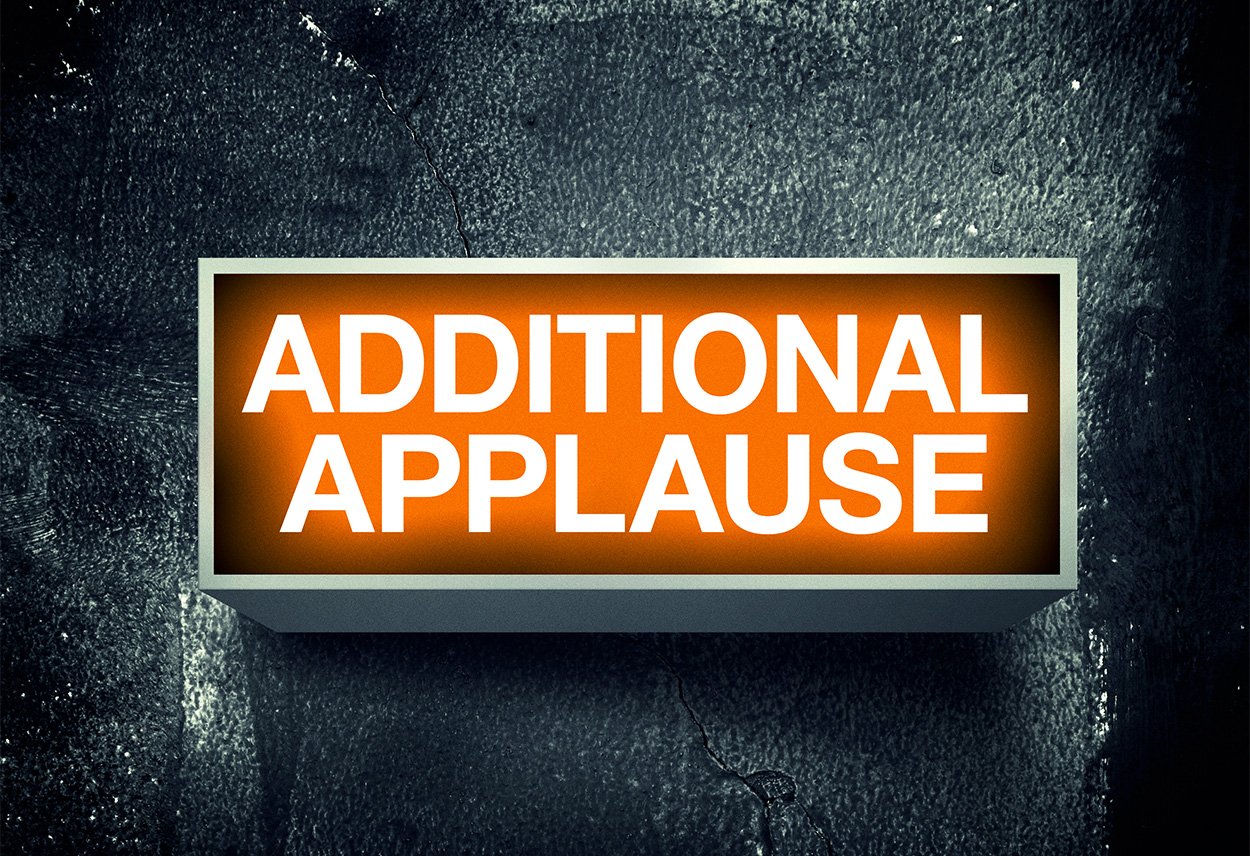M–P in my A–Z of inspirational and authentic logos, and the meanings behind them…

M: MyFonts
One of those logos that gives you a warm feeling inside when you notice its subtle genius. The handwritten wordmark was designed by the Netherlands-based type studio Underware in 2009, and huge respect to them for making the ‘My’ wholly legible while also forming the shape of an eager hand reaching out for new fonts. The font distributor was created by Bitstream Inc. in 1999 and bought by Monotype Imaging in 2012 for $50 million!

N: Nike
We all know the story of graphic design student Carolyn Davidson and her measly $35 payment, but I couldn’t leave this logo off my list. I’ve always been drawn to the brand; those swooshes have flanked my feet since forever. It’s perfect – geometrically, metaphorically, stylistically... Named after the ancient Greek goddess of victory, the swoosh is not inspired by any statue of the deity. According to Nike, it represents performance, principles, innovation, rule-breaking, creativity, and transformation.

O: The Open University
The Open University was established in 1969 by Royal Charter under Harold Wilson’s Labour government, with the ambition of giving anyone, anywhere the power to learn. It has pioneered distance learning for over 50 years and has helped more than 2 million students realise their ambitions. The logo features an off-centre ‘O’ within a ‘U’, forming a minimalist shield. Walter Perry’s idea, and Douglas Clark’s rendering met opposition from the BBC over the off-centre 'O' (the BBC felt they had final approval because the logo would appear on TV). Thankfully, Perry and Clark won the argument.

P: Peace
The modern peace sign was created by designer and pacifist Gerald Holtom in 1958 for the Campaign for Nuclear Disarmament and a protest march to Aldermaston (a village where British nuclear weapons were designed). He rightly felt a symbol would make the message more powerful, and it is now a globally recognised and adopted symbol of peace. The lines represent flag semaphore signals for the letters N and D (Nuclear Disarmament). Holtom described the design as a human standing upright, holding their hands out in despair against the backdrop of the Earth.
These are yet more examples of simple shapes representing big ideas. Intricacy isn’t required; each has a reason for its form, which adds authenticity and ownership value.
If you need help developing a logo, visual identity, brand guidelines, tone of voice and much more besides, we’d love to hear from you. Get in touch or schedule a FREE discovery call.
While you're here, check out more of our work.









